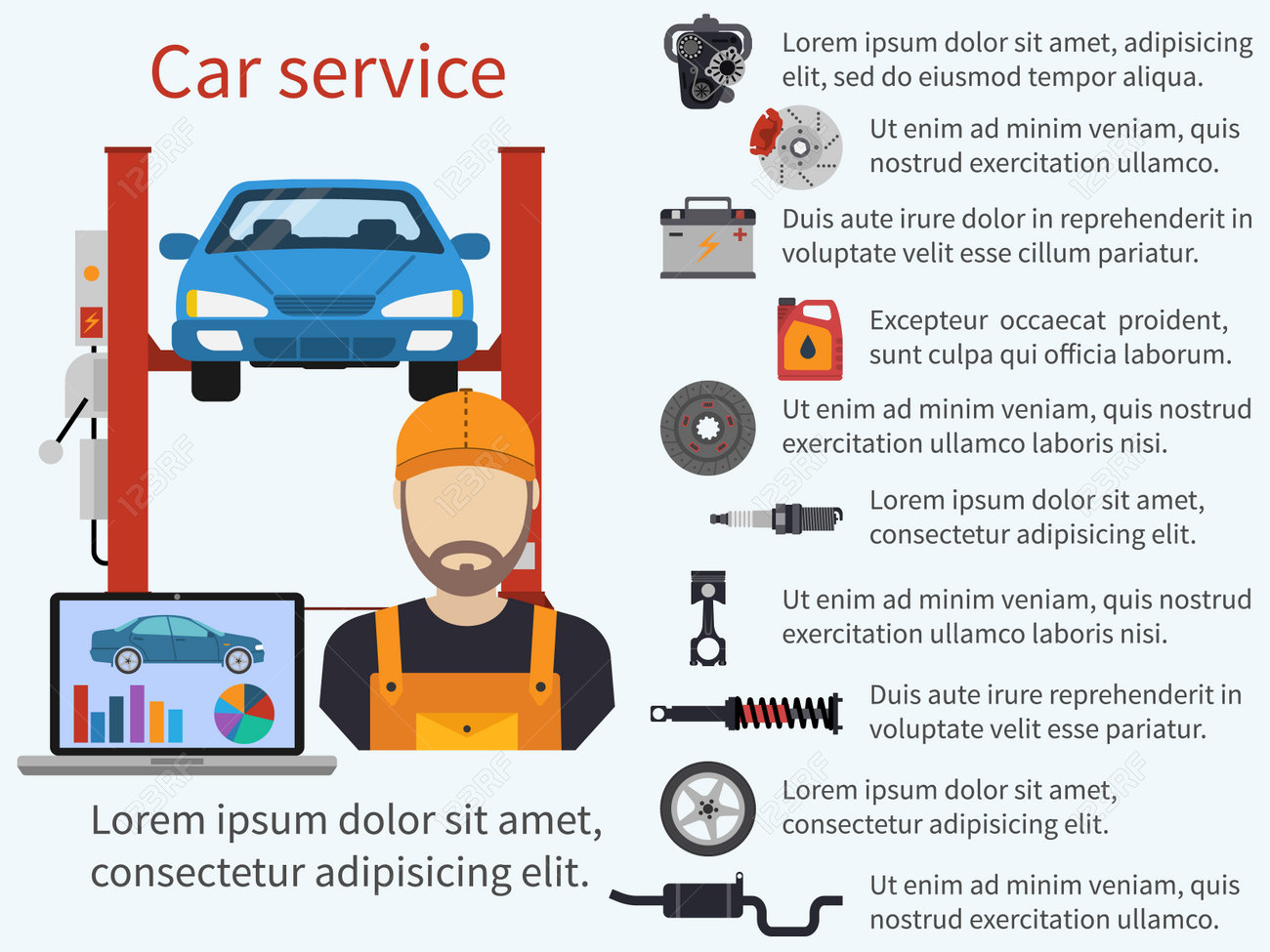Intend To Find Out More About The Warning Lights On Your Control Panel? Discover What They Suggest Concerning Your Vehicle'S Health And Wellness
Intend To Find Out More About The Warning Lights On Your Control Panel? Discover What They Suggest Concerning Your Vehicle'S Health And Wellness
Blog Article
Material Writer-Faulkner Corbett
When you lag the wheel, those beautiful caution lights on your dashboard can be a bit bewildering. Do you know what they're trying to inform you about your car's health? Comprehending the importance of these lights is crucial for your safety and the longevity of your car. So, the following time among those lights pops up, would not you wish to decipher its message accurately and take the necessary steps to address it?
Common Caution Lights and Interpretations
Identify usual warning lights in your vehicle and comprehend their significances to guarantee risk-free driving.
One of the most typical warning lights include the check engine light, which signifies problems with the engine or exhausts system. If this light comes on, it's essential to have your automobile examined without delay.
The oil pressure cautioning light suggests reduced oil stress, calling for prompt focus to avoid engine damages.
A blinking battery light could suggest a defective billing system, potentially leaving you stranded if not resolved.
The tire stress surveillance system (TPMS) light signals you to reduced tire pressure, impacting vehicle stability and gas efficiency. Ignoring visit this hyperlink can result in unsafe driving conditions.
The ABS light suggests an issue with the anti-lock stopping system, endangering your ability to stop quickly in emergency situations.
Lastly, the coolant temperature advising light warns of engine overheating, which can result in serious damage if not settled swiftly.
Comprehending these usual warning lights will assist you address concerns quickly and keep secure driving problems.
Relevance of Prompt Attention
Understanding the common caution lights in your auto is only the primary step; the significance of without delay attending to these warnings can't be emphasized enough to guarantee your safety on the road.
When a warning light illuminates on your dashboard, it's your car's method of connecting a prospective issue that requires interest. Ignoring these cautions can lead to more extreme issues in the future, compromising your security and potentially costing you much more in repairs.
Prompt focus to advising lights can protect against malfunctions and accidents. For instance, a flashing check engine light can suggest a misfire that, if left unattended, might trigger damages to the catalytic converter. Addressing this immediately can save you from a costly repair service.
In https://finnpjeys.blog4youth.com/30508504/how-to-outline-a-cars-and-truck-in-under-an-hour-a-newbie-s-quick-guide , a brake system alerting light might indicate low brake liquid or used brake pads, important components for your safety and security when driving.
DIY Troubleshooting Tips
If you discover a warning light on your dashboard, there are a few DIY troubleshooting tips you can try prior to looking for expert assistance.
The very first step is to consult your auto's manual to recognize what the certain caution light suggests. In some cases the concern can be as straightforward as a loose gas cap setting off the check engine light. Tightening up the gas cap may settle the trouble.
An additional common concern is a reduced battery, which can trigger various alerting lights. Examining the battery links for deterioration and ensuring they're safe may take care of the issue.
If a warning light persists, you can try resetting it by separating the cars and truck's battery for a couple of minutes and then reconnecting it. In addition, examining your vehicle's liquid degrees, such as oil, coolant, and brake fluid, can aid troubleshoot alerting lights associated with these systems.
Conclusion
Finally, comprehending your vehicle's warning lights is necessary for maintaining your car running smoothly and securely. By immediately addressing these signals and understanding what they indicate, you can prevent expensive repairs and potential break downs.
Bear in mind to consult your cars and truck's manual for specific details on each warning light and act appropriately to make sure a hassle-free driving experience.
Stay educated, stay secure when traveling!
